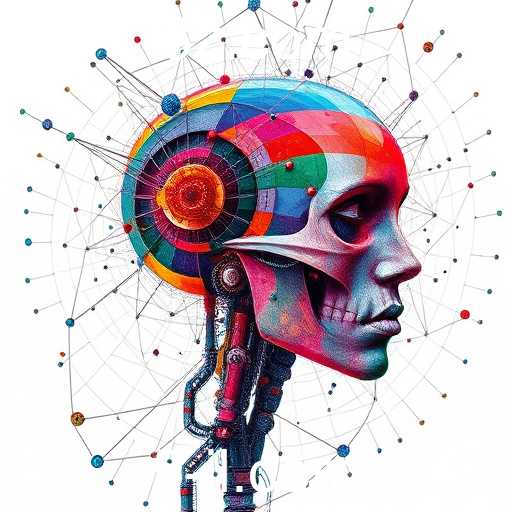The world of art is being revolutionized by artificial intelligence, raising questions about creativity and originality.
In recent years, artificial intelligence has firmly embedded itself into the world of art, challenging and expanding the boundaries of creativity. As artists and technologists collaborate, they blur the lines between human and machine-generated creativity. This evolving dynamic raises profound questions about authorship, originality, and the future of art.
The advent of AI-generated art has been met with both excitement and controversy. AI tools, powered by complex algorithms and vast amounts of data, now assist in creating everything from stunning visual artworks to innovative music compositions. As these tools become more sophisticated, the potential for AI to create art that rivals human creativity continues to grow.
This transformation is not just a technological shift but a cultural one, influencing how art is perceived, created, and experienced. AI tools like DALL-E and Midjourney have become household names in the art community, allowing users to generate unique images from textual descriptions. These platforms have democratized art creation, enabling people with no traditional art skills to produce compelling visual pieces.
Moreover, major art institutions and galleries are beginning to embrace AI art, showcasing exhibits that highlight the fusion of technology and creativity. Critics, however, argue about the authenticity and ethical implications of AI-generated works. Who should be credited for an artwork created by a machine? Is it the programmer, the AI itself, or does the notion of authorship need redefinition in this age of technological integration?
Amidst these debates, AI is undeniably paving a new path for collaboration between human artists and machines, offering tools that enhance creative processes and open up fresh possibilities. This synergy invites professionals from varied disciplines to explore the expressive potential of AI, as seen in recent partnerships where artists and AI engineers co-create innovative projects.
As we move forward, the role of AI in the art world will continue to evolve, propelling creativity into uncharted territories. This paradigm shift challenges us to rethink what it means to be creative and the role technology plays in shaping our artistic landscapes.




